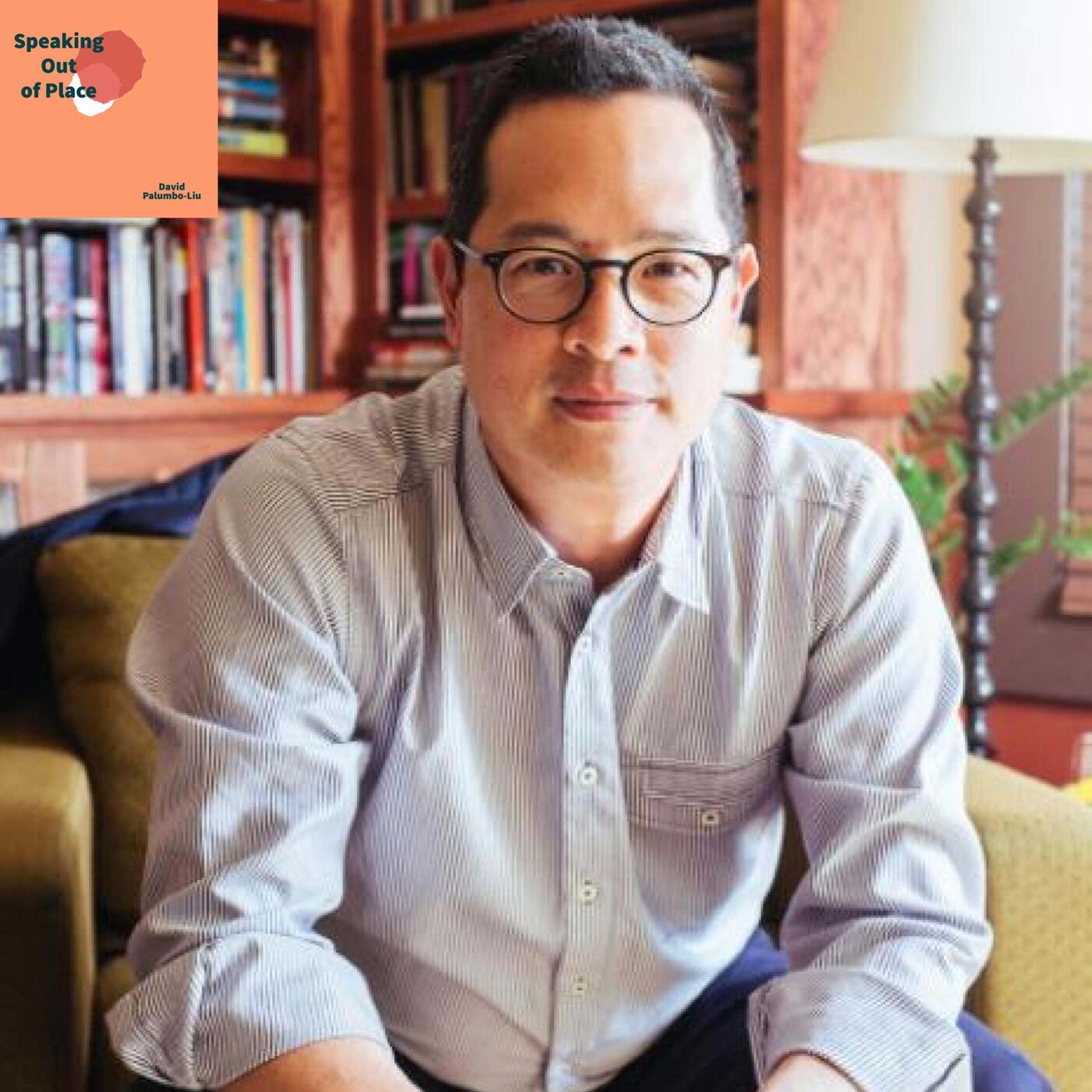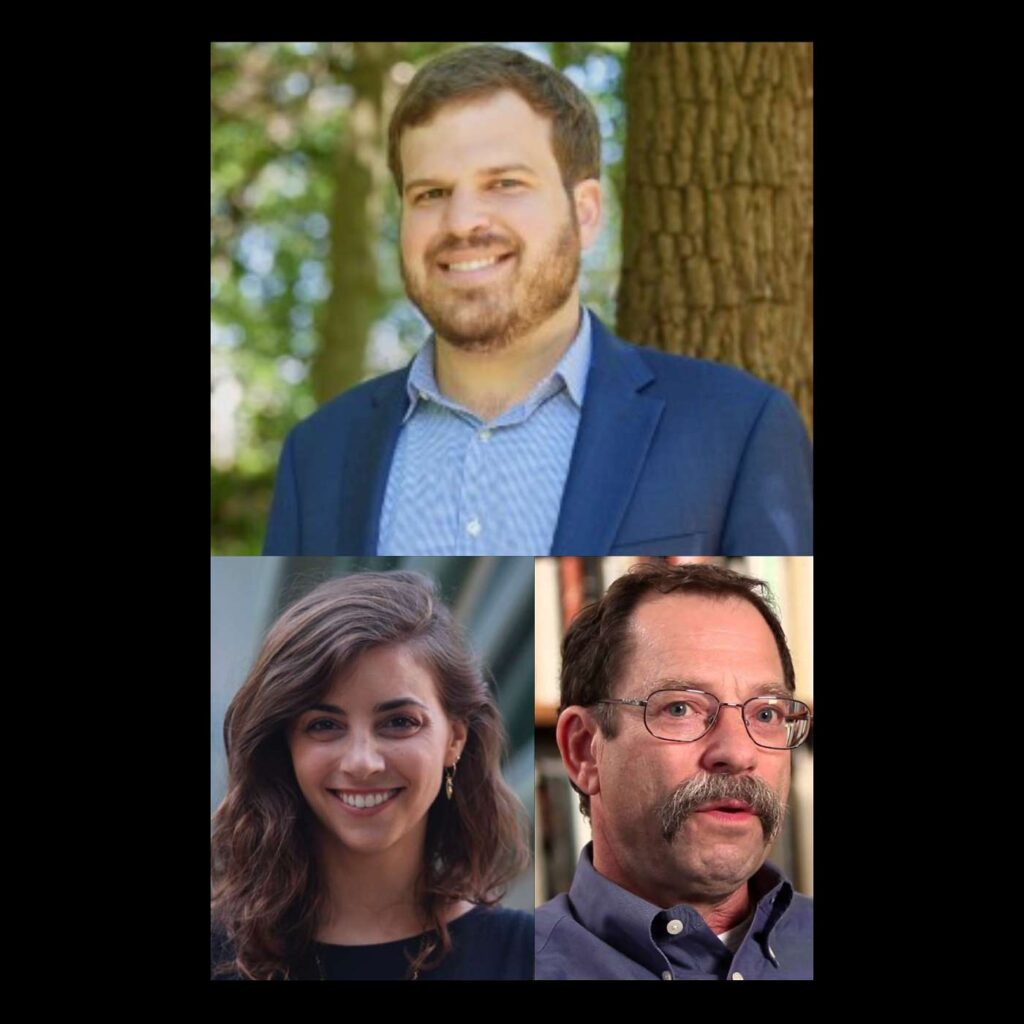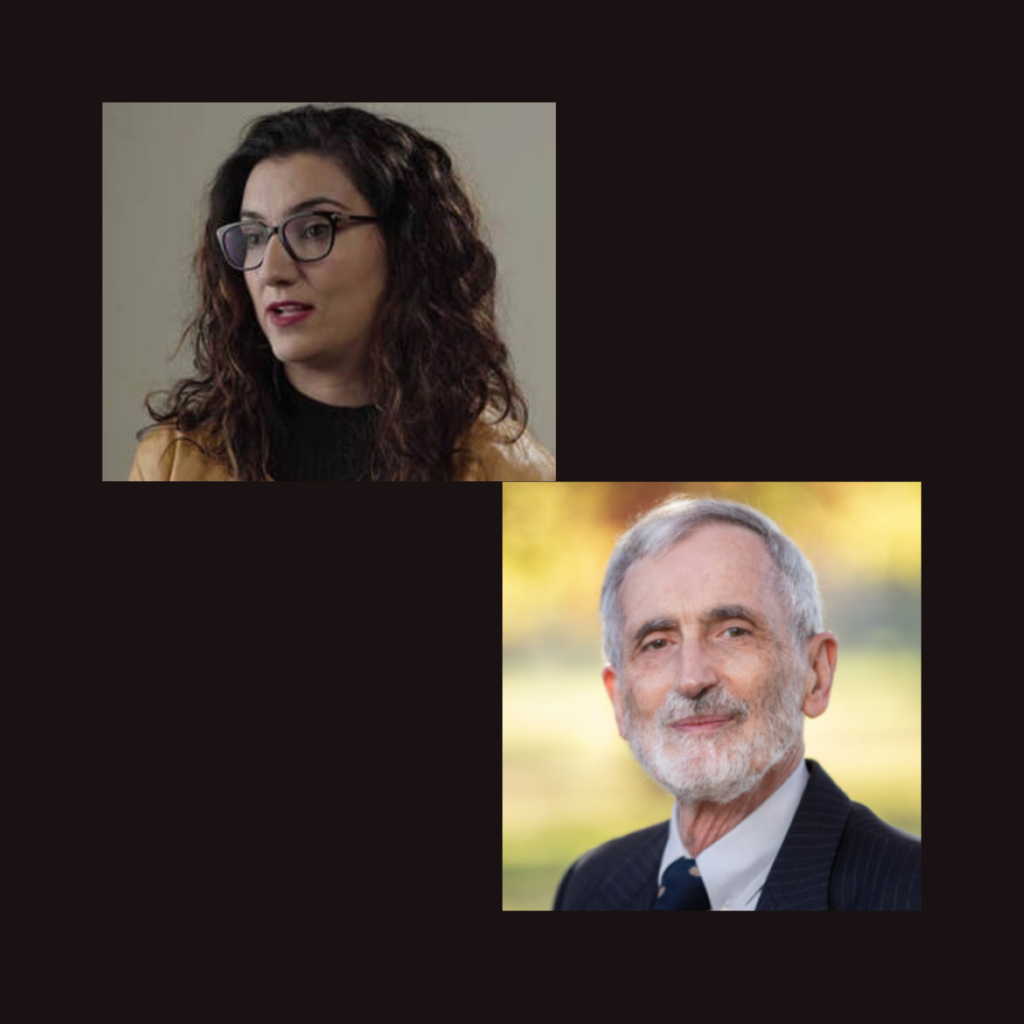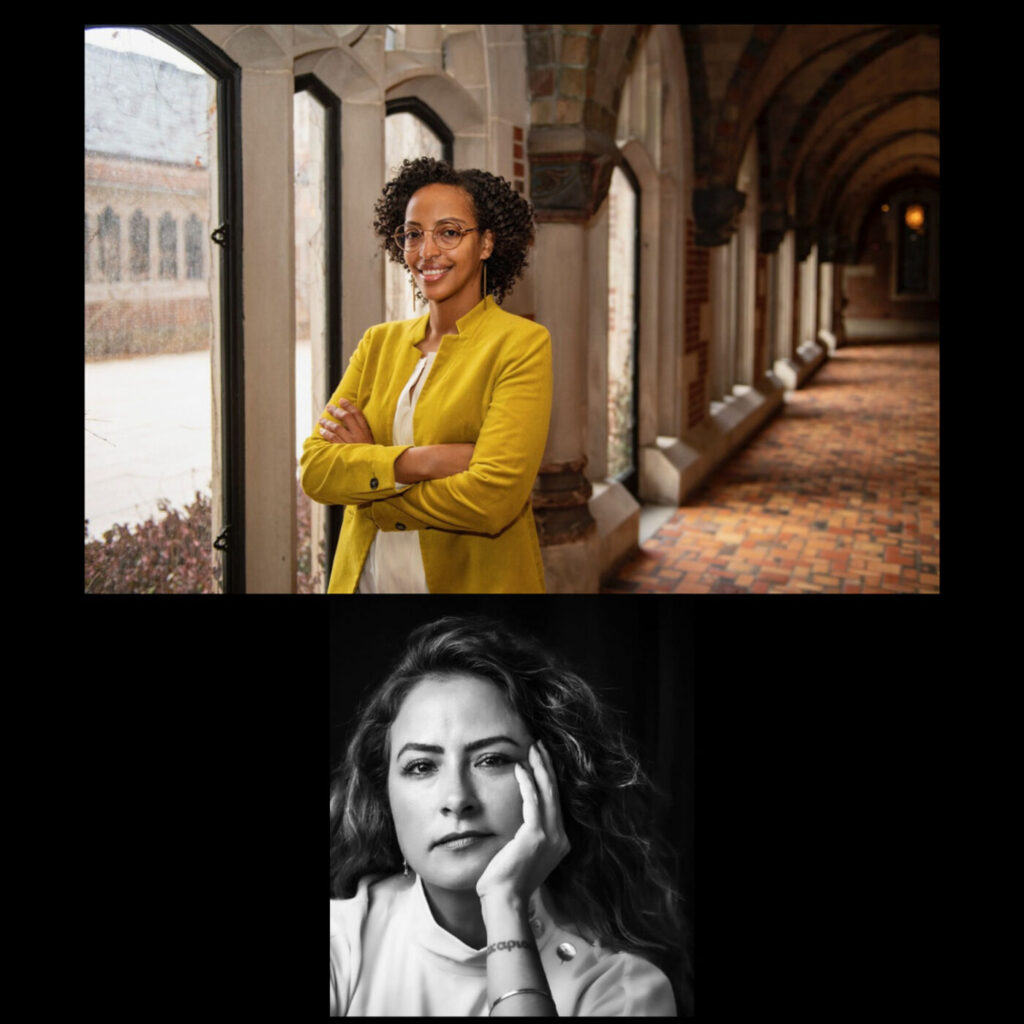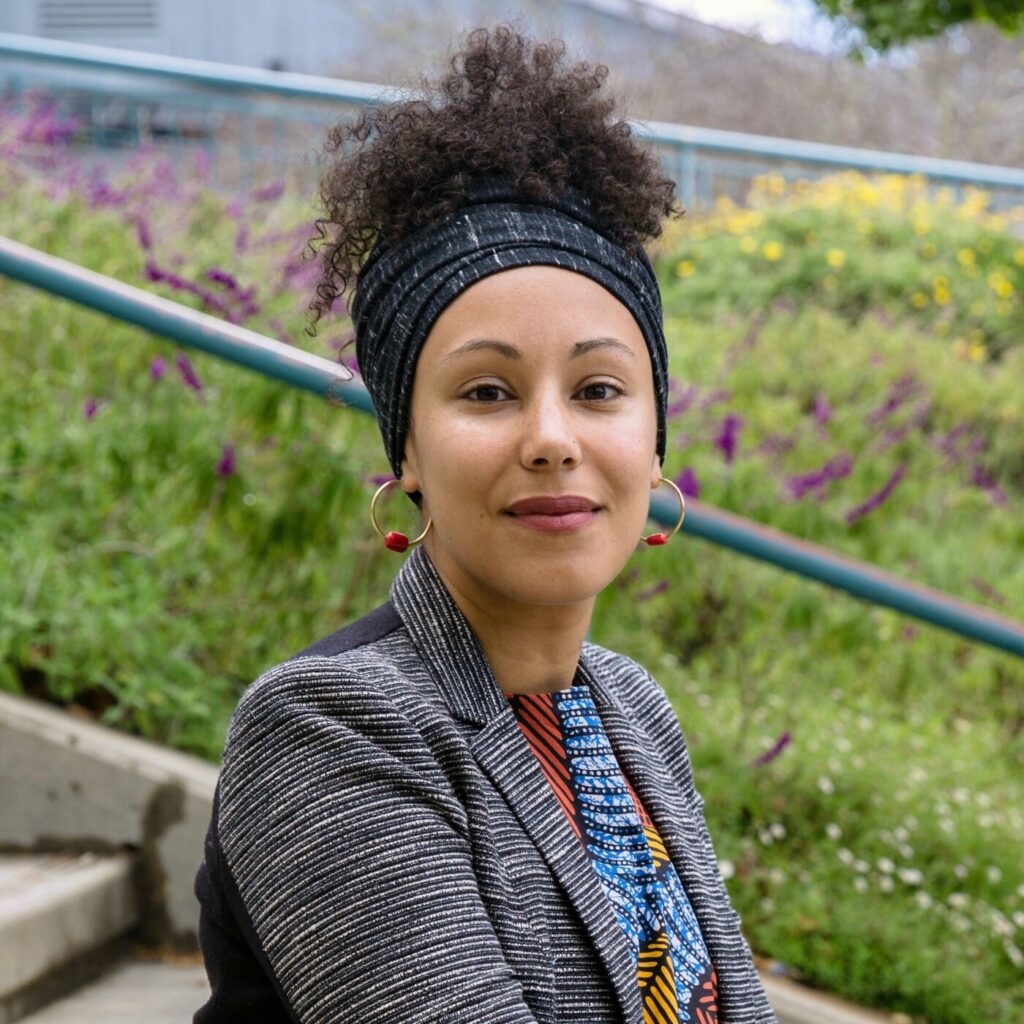On today’s Speaking Out of Place we talk with journalist., activist, and public intellectual Jeff Chang. Jeff’s most recent book, We Gon’ Be Alright: Notes On Race and Resegregation (Picador), was called by the Washington Post “the smartest book of the year,” and inspired a four-episode digital series adaptation for PBS Indie Lens Storycast. He was named to the Frederick Douglass 200, as one of “200 living individuals who best embody the work and spirit of Douglass.”
We talk about the Supreme Court’s recent decision on affirmative action. The plaintiffs of that case, “Students for Fair Admission,” an organization started and led by non-student Ed Blum, made particular use of Asian Americans as a kind of stand-in for whites. Jeff and I talk about the history of that tactic, which dates back the late Sixties, and especially the 1980s, the years of the Reagan presidency.
We also discuss the ways in which many liberal and progressive Asian Americans and others took shelter under Harvard University’s defense of “diversity.” Jeff points out that such a move effectively erases the long-term bias Harvard and other elite universities have displayed toward Jews and Asian Americans, and backs away from a true and historically honest confrontation with America’s racism.
Jeff Chang’s Can’t Stop Won’t Stop: A History of the Hip-Hop Generation won the American Book Award and the Asian American Literary Award. His most recent book, We Gon’ Be Alright: Notes On Race and Resegregation (Picador), was named the Northern California Nonfiction Book Of The Year, called by the Washington Post “the smartest book of the year,” and inspired a four-episode digital series adaptation for PBS Indie Lens Storycast. He was named to the Frederick Douglass 200, as one of “200 living individuals who best embody the work and spirit of Douglass.” His bylines have appeared in The Guardian, the Washington Post, the New York Times, the San Francisco Chronicle, and the Los Angeles Times. He was previously the Executive Director of the Institute for Diversity in the Arts at Stanford University and led the Butterfly Lab for Immigrant Narrative Strategy.

